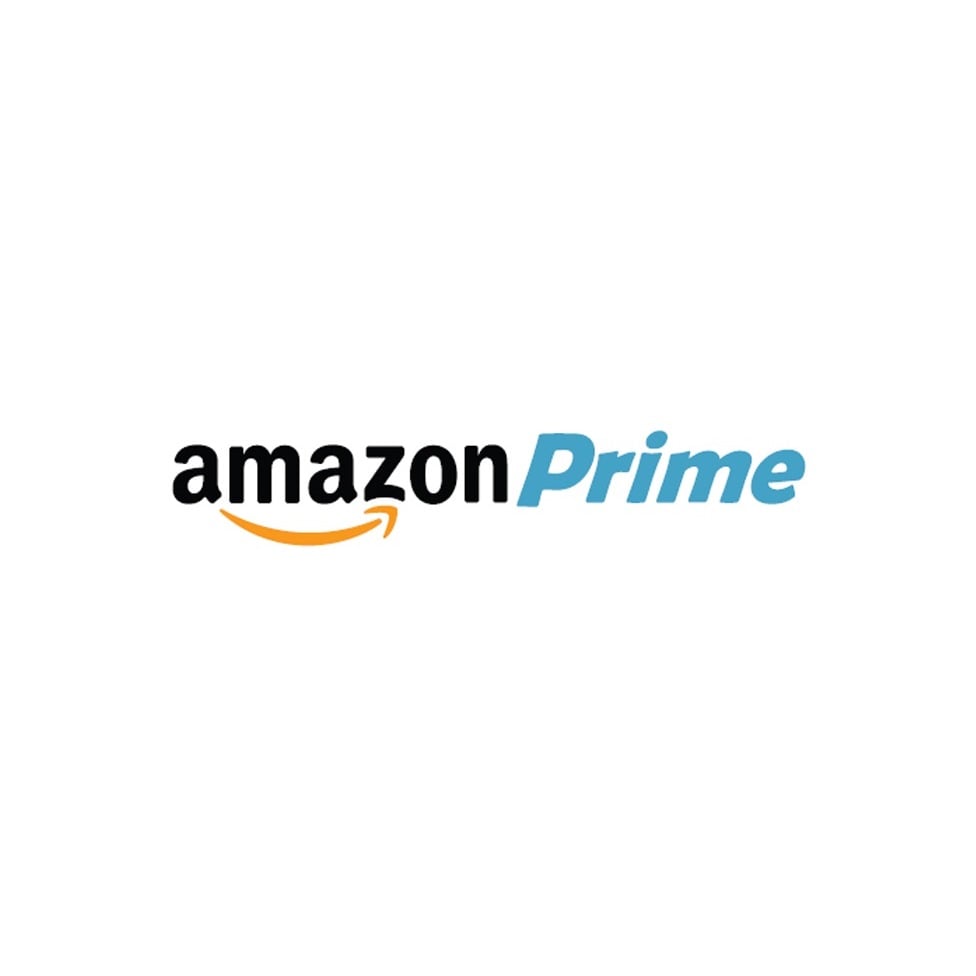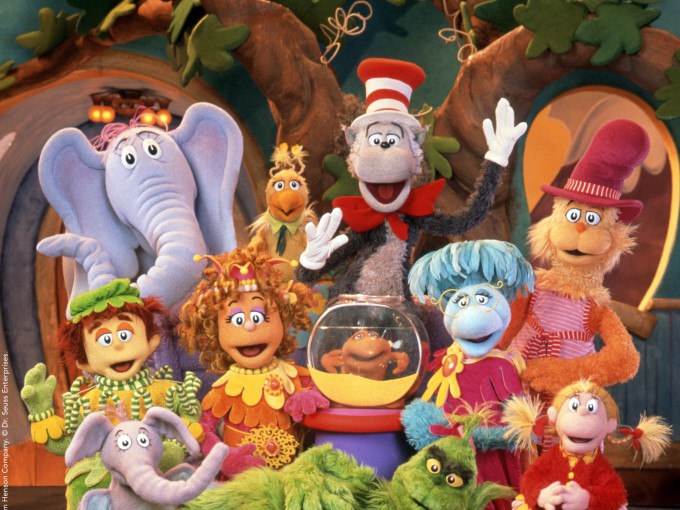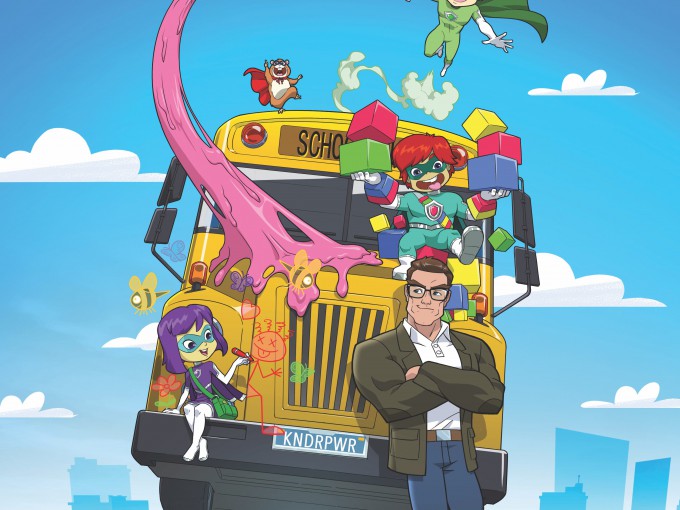
Amazon prime video Download Archives

amazon prime video Download Archives
Amazon Prime Video Review
Amazon’s original content includes top-quality shows. Want to be pulled into a mysterious conspiracy with Julia Roberts? Check out Amazon’s Homecoming. Want to watch that goofy guy from The Office act like a serious action star? Amazon has the new Jack Ryan. (Ok, actually, the action seems pretty cool.)
Like all of the streaming services, Amazon Video seems to be bracing for Disney’s entry into the industry by investing in some series with major name recognition. In this case, it’s a forthcoming Lord of the Rings series that should be epic.
But Amazon doesn’t just have original content. In fact, the service is chock-full of hits that were produced elsewhere, like Mr. Robot, Parks and Recreation, The Americans, and The X-Files. Amazon has even snagged some HBO shows like Boardwalk Empire, Deadwood, and The Wire.
With this lineup, Amazon is definitely stiff competition for other streaming companies, and maybe even for traditional cable companies.
Prodcos fill the SVOD-data gap with Prime Video Direct
Content creators and catalogue owners are on a quest to conquer a kingdom full of giants. In the streaming sphere, they toil at the feet of titans, like Disney+ and Netflix. Producers gratefully accept commissions and license deals that drop from on high, fully knowing they may never understand how big an audience their work attracts. Success and second seasons come as surprises, but so do cancellations. The streamers are all-powerful, and their audience data is kept locked away like treasure.
This black-box metrics model has become the status quo among streamers, but operating among them is Amazon’s Prime Video Direct (PVD), one of few providers that do offer audience data to creators.
Acting as a kind of self-serve backdoor for the main Prime Video platform, the three-year-old service allows content owners to post their shows alongside original Amazon kids programing like Lost in Oz and big-name licensed fare like Dora the Explorer.
Content owners get live dashboards with real-time data, including sought-after metrics like minutes viewed and unique streams per title. This open access to audience data has attracted many IP owners looking to monetize their content catalogues, but the nature of the Prime platform and its audience may limit PVD’s appeal for the foreseeable future.
As a streamer, PVD looks more like YouTube than Netflix. Producers submit their content themselves; those shows become searchable in Prime Video and are monetized based on the number of minutes they’re watched. While titles made available for rent or sale on the main Prime Video service earn 50% of their sticker price, PVD’s streaming titles earn revenue based on a tiered system. A show’s first 100,000 hours of streaming within a year earns US$0.04 per hour, scaling up to a maximum of US$0.10 for hours 500,000 to 999,999.
(These rates were introduced in March 2018 when they dropped from a flat US$0.15 per hour, causing backlash from some content makers.)
To get a sense of how PVD is working into streaming strategies, look no further than The Jim Henson Company. Its content is available just about everywhere online, from YouTube to Hulu. But The Jim Henson Company also posted approximately 300 hours of content on its own through Direct’s self-serve option. This includes preschool programming such as Dinosaur Train (pictured, above) and shows for slightly older kids like Fraggle Rock and The Storyteller.

Henson has posted approximately 300 hours of content through Direct’s self-serve option.
“Henson chose to use PVD because of the flexible and transparent nature of the platform,” says Anna Moorefield, VP of global distribution. The studio can, in real time, access minutes viewed and the number of unique streams for each of its titles, both by season and by episode. It can also generate earnings reports that break down the revenue generated in each territory for streams, rentals and downloads.
Beyond data, Moorefield sees several ancillary benefits to being on Amazon’s platform. PVD is deeply interwoven into Amazon’s ecosystem, and viewers see no differentiation between Amazon Prime Video and Prime Video Direct content, which can give Direct content some of the glow of high-profile commissioned shows. And as a hub site hosting other media channels, “Amazon does have the added benefit of placing PVD content in an environment where subscribers of PBS KIDS, HBO and Starz are going to access other premium programming,” she says.
From a merchandising perspective, there may be no better place for content than a platform where video searches are tied to Amazon’s online shopping searches, “where families and fans of our content are already looking for physical products like toys, collectibles, music and books,” Moorefield says.
But when it comes to audience analysis, Moorefield says PVD’s data lets the company strategize what titles it should focus on, both on and off of the platform, even helping make development and acquisition decisions. Moorefield did not provide specifics on this point, but The Jim Henson Company is not the only one leveraging PVD data this way.
Genius Brands International’s kids programming (which includes Baby Genius, Stan Lee’s Superhero Kindergarten, Llama Llama and Thomas Edison’s Secret Lab) is available across a wide array of AVOD, SVOD and OTT services. According to Mark Shoeman, director of Genius Brands Network, its owned and licensed content reaches 80 million US households.

Genius Brands uses PVD data to calculate retention rates for shows like Stan Lee’s Superhero Kindergarten.
PVD’s data lets Genius make calculations on conversion and retention rates for shows like Baby Genius, which has become a top performer on the platform, Shoeman says.
“We know we have a preschool audience that’s hungry for content about animals, counting and nursery rhymes. So we’re looking for comparable content for that audience.” The data “helps us make those calculated risks on what we acquire.”
At press time, Shoeman was in negotiations with a Spanish creator for “a couple hundred half hours” of preschool content for its Baby Genius PVD channel, and looking to work with a YouTube creator with strong viewer numbers who is making animated content. As some parents have reservations about giving young children access to YouTube, Shoeman sees Genius’s Prime channels as a place where his company can curate shows for parents, offering a safe content guarantee.
When it comes to determining whether a given show should appear on Prime Direct channels (instead of, say, YouTube), not everything will be a perfect fit.
Canada’s Spin Master Entertainment, for example, creates branded content like unboxing videos for products associated with its animated IPs. While many of those animated shows are on PVD, their branded CP-related content is not.
“The medium is the message,” says Thom Chapman, Spin Master’s senior director of sales and distribution. Unlike Prime, he says, YouTube became popular thanks to a wide variety of user-made content, with more traditional TV and entertainment companies arriving relatively late. “When you’re on YouTube, you’re used to unboxing videos and different styles of user-
generated and branded content. On Prime, you expect ‘traditional content.’ Prime has a more
series-specific audience.”
In talking with Kidscreen, several executives mentioned that PVD’s metrics have been helpful for tracking marketing effectiveness. Spin Master uses PVD to host Super Dinosaur (a limited animated series affiliated with a line of comic books from Skybound). According to Chapman, the company could correlate the investment in digital and social marketing with increased viewership on Prime.
“We did a really fun marketing initiative with the Museum of Natural History in Los Angeles,” Chapman says. “They ran a Saturday kids program on paleontology, and we did a lead-up on social, reaching out to mommy bloggers. We saw a direct spike on Prime Video views in relation to that event.”
The company had similar results with the show Dragamonz, which is tied to a line of collectible toys and a monetized app that lets kids battle with their collections. Prime searches and viewership served as a bellwether for the effectiveness of individual campaign elements. “It was a direct correlation, which you don’t really get elsewhere.”
However, while every executive interviewed for this story says they are happy with PVD’s offering, they all view it as having only a small role within their overall streaming strategy—and that place isn’t near the top of the pile.
The audience data the platform provides is useful, but has its limits. For example, Chapman says it can be difficult to pull specific demographic data.
And in the end, it all comes down to dollars—PVD’s recently reduced rate card means the financial advantage remains with Netflix commissions or Hulu licensing deals.
“With Genius-produced content, whether developing or shopping a show, in digital we’ll start with the Netflixes and Hulus,” Shoeman says. “The money is still with those who pay license fees or commissions. That’s still our strategy, and I foresee that being the case for the next couple of years. But we are watching for changes.”
Chapman, meanwhile, sees PVD as useful for unlocking value from Spin Master’s catalogue and connecting with audiences looking for kids content. It doesn’t hurt, he says, to get that passive revenue.
So Prime Video Direct may not trip up the giants any time soon. In order to do that, Chapman says Amazon will have to incentivize more creators and producers to bring first-run titles onboard. That will take improved rates and the kind of investment streaming titans currently reserve for their exclusive shows.
“At the moment, the onus is really on the producer to market towards the [PVD] platform,” Chapman says. “So much is reliant on search and overall awareness, and not everyone has the resources to get the marketing push out there.”
Download Prime Video Titles
To download Prime Video titles for offline viewing, you need a Fire tablet, or the Prime Video app for iOS, Android or Windows 10.
Video: Download Prime Video Titles
To download Prime Video titles, open the Prime Video app on your device, and find the title you want to download. In the Prime Video app for Android and Windows 10, you will be able to select where these downloads are saved. We do not recommend these are saved onto USB-connected drives.
Note: Customers who get Prime Video as part of an Amazon Household cannot download Prime Video content.
- For movies: Select the option to download the title from the detail page.
- For TV shows: There is an option download the entire season. To download individual episodes, select the download icon on the list of episodes. At present, the playback of downloaded content over Chromecast or Airplay is not permitted. Offline playback to a television is possible with devices that support this, using the appropriate adaptors.

What’s New in the amazon prime video Download Archives?
Screen Shot

System Requirements for Amazon prime video Download Archives
- First, download the Amazon prime video Download Archives
-
You can download its setup from given links:


